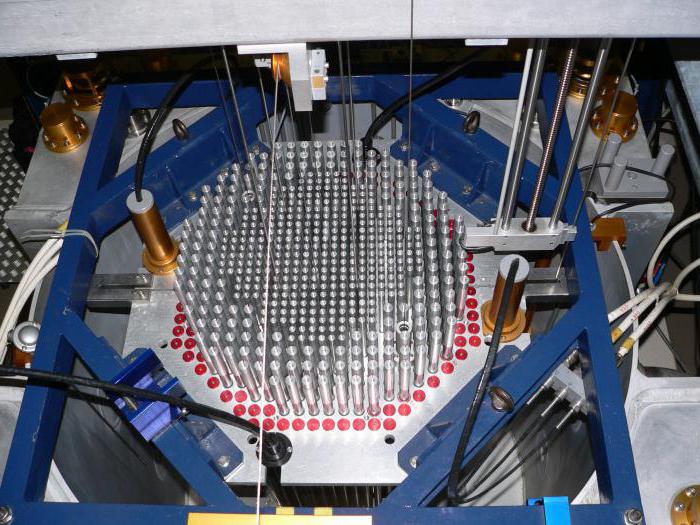

^ Santhosh, K P Biju, R K (1 January 2009)."Microscopic Theory for Spontaneous Fission". ^ Sadhukhan, Jhilam (29 October 2020).These trails, or fission tracks, are the foundation of the radiometric dating method called fission track dating. The spontaneous fission of fission of uranium-238 and uranium-235 leaves trails of damage in the crystal structure of uranium-containing minerals when the fission fragments recoil through them. In this situation, for short time intervals the probability of a fission is directly proportional to the length of time. The neutrons released can be used to inspect airline luggage for hidden explosives, to gauge the moisture content of soil in highway and building construction, or to measure the moisture of materials stored in silos, for example.Īs long as the spontaneous fission gives a negligible reduction of the number of nuclei that can undergo such fission, this process can be approximated closely as a Poisson process. For example, californium-252 (half-life 2.645 years SF branch ratio 3.1%) can be used for this purpose. Radioisotopes for which spontaneous fission is not negligible can be used as neutron sources. Spontaneous fissions release neutrons as all fissions do, so if a critical mass is present, a spontaneous fission can initiate a self-sustaining chain reaction. However, like other forms of radioactive decay, it occurs due to quantum tunneling, without the atom having been struck by a neutron or other particle as in induced nuclear fission.

Spontaneous fission gives much the same result as induced nuclear fission. Spontaneous fission can occur much faster when a nucleus undergoes superdeformation. Almost all nuclear bombs use some kind of implosion method. The rarely-used gun-type atomic bomb has a critical insertion time of about one millisecond, and the probability of a fission during this time interval should be small. Weapons-grade plutonium contains no more than 7.0% 240Pu. 240Pu's high rate of spontaneous fission makes it an undesirable contaminant. In practice, 239Pu invariably contains 240Pu due to the tendency of 239Pu to absorb an additional neutron during production. The green line shows the upper limit of half-life. Nuclides of the same element are linked with a red line. Spontaneous fission half-life of various nuclides depending on their Z 2/ A ratio. However, no known radioactive isotope except oganesson-294 reaches a value of 47 (approximately 47.36), as the liquid drop model is not very accurate for the heaviest known nuclei due to strong shell effects. Where Z is the atomic number and A is the mass number (e.g., Z 2/ A = 36 for uranium-235). The liquid drop model predicts approximately that spontaneous fission can occur in a time short enough to be observed by present methods when Hence, the spontaneous fission of these isotopes is usually negligible, except in using the exact branching ratios when finding the radioactivity of a sample of these elements, or in applications that are very sensitive to even minuscule numbers of fission neutrons (such as nuclear weapon design). The known elements most susceptible to spontaneous fission are the synthetic high-atomic-number actinides and transactinides with atomic number 100 onward.įor naturally occurring thorium-232, uranium-235, and uranium-238, spontaneous fission does occur rarely, but in the vast majority of the radioactive decay of these atoms, alpha decay or beta decay occurs instead. 232Th, 235U, and 238U are primordial nuclides and have left evidence of undergoing spontaneous fission in their minerals. These are nuclei at least as heavy as thorium-232 – which has a half-life somewhat longer than the age of the universe. Spontaneous fission occurs over practical observation times only for atomic masses of 232 atomic mass units or more. Spontaneous fission was identified in 1940 by Soviet physicists Georgy Flyorov and Konstantin Petrzhak by their observations of uranium in the Moscow Metro Dinamo station, 60 metres (200 ft) underground. Cosmic rays can be reliably shielded by a thick layer of rock or water. Because cosmic rays produce some neutrons, it was difficult to distinguish between induced and spontaneous events. The first nuclear fission process discovered was fission induced by neutrons. Like cluster decay, alpha decay is not typically categorized as a process of fission. By 1908, physicists understood that alpha decay involved ejection of helium nuclei from a decaying atom.


 0 kommentar(er)
0 kommentar(er)
